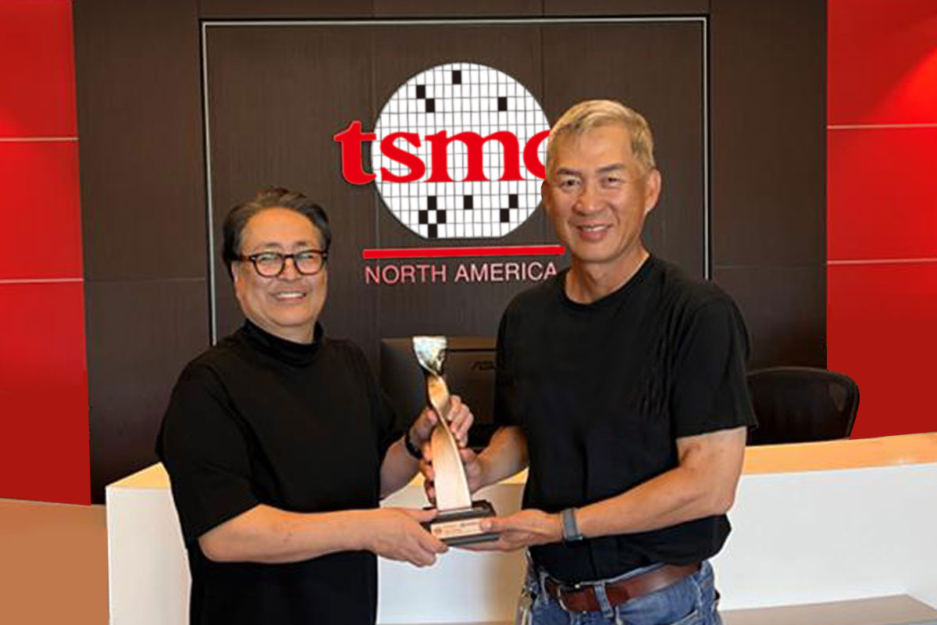
USB was groundbreaking in that command, telemetry, voice and tv was transmitted and obtained on only one url. The single connection permitted excessive cables and wires to get removed from the capsule, which makes it lighter.
On arrival in the Vertical Assembly Making, Every phase was inspected in a horizontal placement before getting oriented vertically. NASA also manufactured big spool-formed constructions that may be used instead of phases if a selected stage was delayed.
The identify Snowcone was used for the CM and Haystack was utilized for the LM in both internal and exterior communications during early mission planning.[seventy five]
" It had been exposed in 1989 the Soviets experienced tried to ship people for the Moon, but were being unable on account of technological issues.[229] The public's response during the Soviet Union was combined. The Soviet authorities minimal the release of information regarding the lunar landing, which afflicted the reaction. A portion of the populace did not give it any focus, and An additional part was angered by it.[230]
The enlargement of the center serves as a testomony to Ambiq’s commitment and investment in Singapore, enabling The expansion of their development groups and furthering their international business diversification.
Meanwhile, on Might 24, engineers on the North American plant identified hairline cracks in propellant tank welds of One more S-II stage. The next day, employees while in the VAB started the next destack with the rocket, eradicating the S-II phase on June three for thorough inspections. Intensive X-ray and dye penetrant assessments unveiled no cracks, and employees began re-assembling the rocket on June 18. Engineers during the MSOB concluded the wiring get the job done in CM-017, reassembled it with its other parts, and returned it for the VAB exactly where ground crews stacked the spacecraft for the ultimate time on June twenty. The stacking, unstacking, and restacking method had taken 8 months.
Guilty the computer to the Apollo eleven difficulties is like blaming the one that spots a hearth and calls the fireplace department. Essentially, the computer was programmed to try and do greater than figure out error ailments. A complete set of Restoration programs was integrated into your software program.
Existing wearables present us a look at what the future holds. A wise bracelet with infinite energy; a heart fee band that actually works seamlessly with your exercise products; a true-time locale tracker for the Youngsters; an activity tracking tag that detects fantastic motion; or a smart ring to help you observe vitals around the clock.
Twenty % of the globe's inhabitants watched human beings wander around the Moon for The very first time.[223] Even though Apollo eleven sparked the interest of the globe, the abide by-on Apollo missions did not maintain the curiosity on the country.[215] 1 achievable rationalization was the shift in complexity.
With President John File. Kennedy’s deadline approaching for landing a man on the Moon by the tip of the 10 years, NASA Affiliate Administrator for Manned Room Flight George E. Mueller selected a bold tactic for your Saturn V rocket’s initially flight. Rather than the greater conservative method of initial tests Every rocket stage separately, and after that traveling the entire rocket, he selected the “all-up” approach, through which many of the rocket’s phases could well be tested on only one flight.
Over the mission, the cause was diagnosed because the rendezvous radar change staying in the incorrect position, producing the computer to method knowledge from both of those the rendezvous and landing radars concurrently.[121][122] Software program engineer Don Eyles concluded within a 2005 Advice and Handle Convention paper that the situation was as a consequence of a components style bug previously seen throughout Digital Health testing of the initial uncrewed LM in Apollo 5. Possessing the rendezvous radar on (so it had been warmed up in case of an emergency landing abort) should have been irrelevant to the pc, but an electrical phasing mismatch concerning two aspects of the rendezvous radar procedure could induce the stationary antenna to look to the computer as dithering backwards and forwards among two positions, based upon how the hardware randomly run up.
This was the standing order for Apollo missions, all with assigned crews in coaching, in January of 1967. Then NASA was struck with its first major setback. Through a pre-start examination, a fire ripped via spacecraft 012 and killed the Apollo one crew.
Aldrin seemed up in time to witness the flag topple: "The ascent stage of your LM separated ... I used to be concentrating on the personal computers, and Neil was researching the Perspective indicator, but I appeared up long ample to begin to see the flag fall in excess of."[a hundred and seventy] Subsequent Apollo missions planted their flags farther in the LM.[171] Columbia in lunar orbit
Directed at enhancing its shoppers' operational performance and cost competitiveness, the Group has build research and growth facilities in Singapore and China which are helmed by its committed workforce of professional engineers.

Get Smart. Use Less Energy.
Ultra-low power SoCs for IoT endpoint devices
that demand complex operations
and longer battery life.
✍ Ambiq® is committed to further improve the quality of life by enabling the intelligence of endpoints while further reducing carbon footprints. Ambiq – your partner in endpoint intelligence.
✯✯✯Based in Austin, San Jose, Hsinchu, Shenzhen, and Shanghai, our leadership and management teams consist of advocates, builders, enthusiasts, entrepreneurs, explorers, incubators, inventors, pioneers, protectors, thinkers, and visionaries. With a diverse spectrum of experiences and skillset, we came together and united with one goal to enable the true Internet of Things where the battery-powered endpoint devices can truly be connected intuitively and intelligently 24/7.
Ambiq Wins the Demo of the Year Award at 2023 TSMC Technology Symposium
September 7, 2023, Austin, TX – Ambiq®, a leading developer of ultra-low-power semiconductor solutions that deliver a multifold increase in energy efficiency, was awarded the Demo of the Year Award by TSMC as a participant of the Innovation energy harvesting Zone at the 2023 TSMC North America Technology Symposium.
Ambiq Wins the Demo of the Year Award at 2023 TSMC Technology Symposium
During the April event, Ambiq showcased various product design wins using TSMC’s 22nm technology in wearables, digital health, smart home, Industrial IoT, pet trackers, and retail segments, with industry-leading energy efficiency. Ambiq also featured two live demos emphasizing its leadership in enabling endpoint AI with its HeartKit™ for remote patient monitoring and its graphics display capabilities for a vivid user interface.

TSMC pioneered the pure-play semiconductor foundry business model when it was founded in 1987, helping startup companies accelerate their innovations by providing access to the industry’s leading process technologies and manufacturing capacity. Since 2021, TSMC has expanded that mission with an Innovation Zone at its worldwide Technology Symposiums, highlighting how TSMC partners with startup companies to enable cutting-edge products from various applications, including high-performance computing, communication, automotive, IoT, and consumer segments.
“We’re grateful to TSMC and our booth visitors for allowing us to share our energy-efficient technology and processor solutions with them,” said Ambiq’s CEO, Fumihide Esaka. “We’re moving towards an exciting frontier of AI becoming more engrained with our daily lives. With that vision on the horizon, we will continue to develop innovative and first-of-its-kind ultra-low-powered solutions that keep innovation and sustainability in mind.

Ambiq’s mission is to develop the lowest-power semiconductor solutions to enable intelligent devices everywhere by developing the lowest-power semiconductor solutions to drive a more energy-efficient, sustainable, and data-driven world. Ambiq has helped leading manufacturers worldwide develop products that last weeks on a single charge (rather than days), while delivering a maximum feature set in compact industrial designs. Ambiq’s goal is to take Artificial Intelligence (AI) where it has never gone before in mobile and portable devices, using Ambiq’s advanced ultra-low power system on chip (SoC) solutions. Ambiq has shipped more than 200 million units as of March 2023.
Ambiq Designs Low-Power for Next Gen Endpoint Devices
Ambiq’s VP of Architecture and Product Planning, Dan Cermak, joins the ipXchange team at CES to discuss how manufacturers can improve their products with ultra-low power. As technology becomes more sophisticated, energy consumption continues to grow. Here Dan outlines how Ambiq stays ahead of the curve by planning for energy requirements 5 years in advance.
Ambiq Highlights From Embedded World 2024
Facebook | Linkedin | Twitter | YouTube
 Judge Reinhold Then & Now!
Judge Reinhold Then & Now! Kenan Thompson Then & Now!
Kenan Thompson Then & Now! Michael Jordan Then & Now!
Michael Jordan Then & Now! Seth Green Then & Now!
Seth Green Then & Now! Mike Smith Then & Now!
Mike Smith Then & Now!